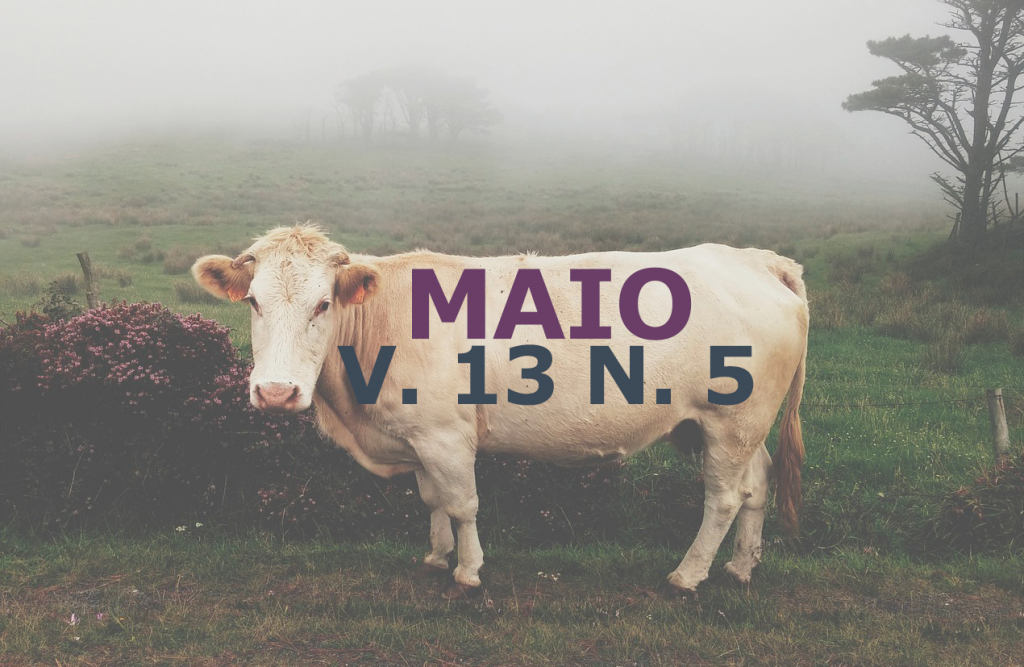Analysis of psychrotrophics and proteolytic psychrotrophics in integral yoghurt
DOI:
https://doi.org/10.31533/pubvet.v13n5a330.1-8Keywords:
Microbiological quality, milk derivatives, food safetyAbstract
Whole yogurt is a very consumed food in Brazil, but like any dairy derivative, susceptible to contamination. The objetive of the work was to detect the presence of psychrotrophic and proteolytic psychrotrophic bacterium in whole yoghurt, since these are bacterium indicative of their microbiological quality. The results found were not satisfactory for the psychrotrophic count, because although Brazilian legislation does not stipulate maximum limits for these microorganisms, their presence is undesirable because they cause economic losses, among other problems. Four analyzes were carried out during the period of validity of the yogurt, where the first sample (day 0) had a count of 8.0x102, the second one (day 7) had a reduction of 50%, (4.0x102) The third sample (day 21), 0.5x102 and the last analysis was negative. In order to count proteolytic psychrotrophics, there was no detection of viable microorganisms, but despite this, their enzymes can act on the yogurt components causing changes, which was not evaluated in the present research. It is concluded that despite efforts to maintain quality, there are still shortcomings in the manufacturing process, stressing the need to control the production stages of yogurt and obtaining a milk with good quality, since this is the main raw material in the production of yogurt.
Downloads
Published
Issue
Section
License
Copyright (c) 2019 Márcia de Lima Ferreira, Giovanna Lima Palhares, Anderson de Araújo Silva, Stefania Marcia De Oliveira Souza

This work is licensed under a Creative Commons Attribution 4.0 International License.
Você tem o direito de:
Compartilhar — copiar e redistribuir o material em qualquer suporte ou formato
Adaptar — remixar, transformar, e criar a partir do material para qualquer fim, mesmo que comercial.
O licenciante não pode revogar estes direitos desde que você respeite os termos da licença. De acordo com os termos seguintes:
Atribuição
— Você deve dar o crédito apropriado, prover um link para a licença e indicar se mudanças foram feitas. Você deve fazê-lo em qualquer circunstância razoável, mas de nenhuma maneira que sugira que o licenciante apoia você ou o seu uso. Sem restrições adicionais
— Você não pode aplicar termos jurídicos ou medidas de caráter tecnológico que restrinjam legalmente outros de fazerem algo que a licença permita.





